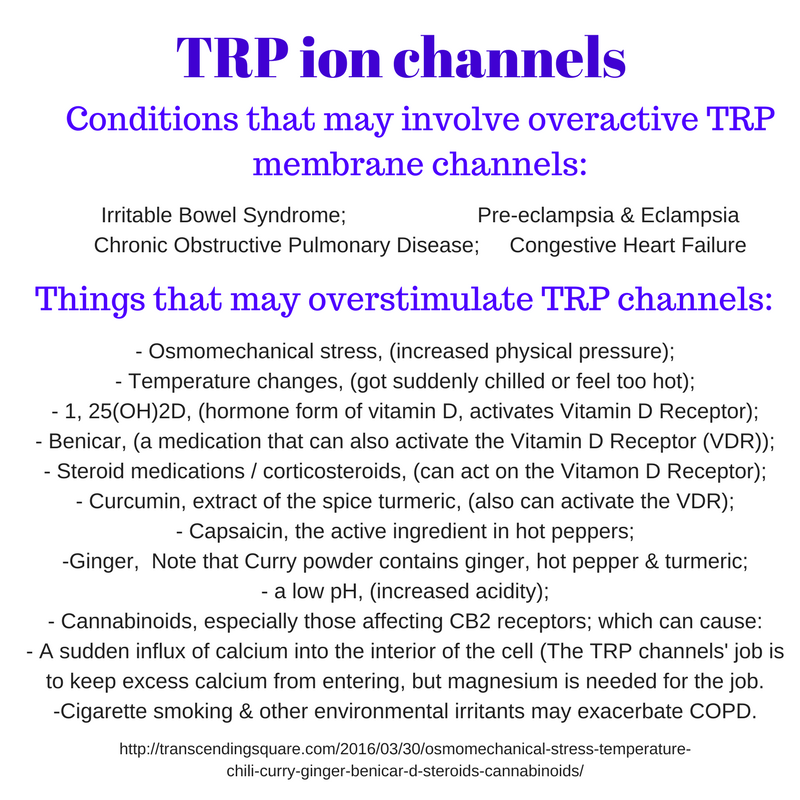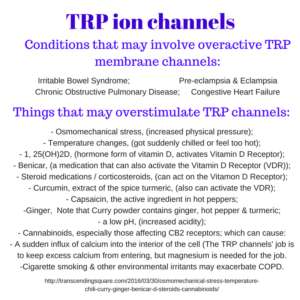Duty to warn is phrase used in medical care regarding an ethical duty to warn patients or research participants or anyone at risk of the potential harm. My own health and my experience helping others has made me appreciate wellness and sharing what has helped or what can be harmful are things I feel ethically it is my duty to warn or inform anyone who might be interested. We are one – your pain is my pain and the Earth needs more health. It is hurting too.
Empathy – feeling emotionally connected can also feel painful, a short article discusses the idea of the pain that may occur with feeling compassion for other’s suffering:
The Agony of Being Connected to Everything in the Universe, (andrewboyd.com)
The words sympathy, empathy and compassion are used somewhat interchangeably however they can refer to slightly different things. In medical settings the care of patients can be affected positively or negatively by how the caregiver provides help. Research with patients receiving cancer treatment found that patients felt that empathy and compassion were beneficial while sympathy was perceived more negatively. Compassion was felt to be most beneficial by the patients. What is the difference? Sympathy seems to be regarded as pity-based remarks or attitude about the chronic illness that was offered without having been asked, with less of a feeling of being understood. Empathy may be closer to feeling emotionally understood and compassion included feelings that the caregiver was acting with love and kindness out of a altruistic – giving mindset. (3) The risks of rudeness in a medical setting and possible value of kindness is discussed in a review of a research study on rudeness in a neonatal clinic setting: A Message to you Rudy, about Rudeness, SGEM#227.
Feeling like there is a physical problem and being told that it must be hypochondria or mental illness is not as helpful as being told that a reason for the symptoms are unknown at this time. Chronic itch, chronic pain and other vague symptoms of inflammation may be labeled as psychosomatic instead of unknown cause. Overactive TRP channels can be involved in chronic itch and chronic pain and the variety of possible substances and other reasons for a flair up in symptoms can make it very difficult to notice the pattern. I would rather be told we don’t know what is causing your symptoms than to be told to see a talk therapist or to be prescribed medications for mental illness that may cause additional symptoms due to side effects. The following chart is something I created after noticing a pattern, a very complex pattern, in my own symptoms and researching what the connection might be —- TRP channels. Not all substances or factors would cause symptoms for all of the conditions or for all people with a certain type of condition, however they may in larger amounts, or they may when the symptomatic condition is in a more severe state of inflammation. In reading about patients with some types of chronic itch symptoms I could feel their itchiness and mental hurt when treated as just difficult patients with anxiety problems – anxiety other extreme itchiness perhaps.
More about chronic itch and inflammatory stress conditions is available within a longer page/chapter I wrote about G3:Relaxation & Stress: G3.5: Negative stress chemicals may cause symptoms like itching, migraines, pain or IBS. (effectivecare.info) Preeclampsia is a prenatal condition that can become life threatening for the woman and expected infant and it affects a significant percentage of pregnancies – more information about TRP channels and a physical position that might help reduce internal pressure on the channels is available in the section on G5: Preeclampsia & TRP Channels. It is a yoga style position that was recommended to reduce risk of a breech birth during my own pregnancies and I found it relaxing. (effectivecare.info) I feel a duty to warn – a duty to inform other expectant mothers about a simple strategy that might protect their infant from a potentially life-threatening condition.

/Disclaimer: This information is provided for educational purposes within the guidelines of fair use. While I am a Registered Dietitian this information is not intended to provide individual health guidance. Please see a health professional for individual health care purposes./
- Shah SK, Hull SC, Spinner MA, et al. What Does the Duty to Warn Require? The American journal of bioethics : AJOB. 2013;13(10):62-63. doi:10.1080/15265161.2013.828528. https://www.ncbi.nlm.nih.gov/pmc/articles/PMC4816221/
- Andrew Boyd, The Agony of Being Connected to Everything in the Universe, andrewboyd.com http://andrewboyd.com/the-agony-of-being-connected-to-everything-in-the-universe/
- Sinclair S, Beamer K, Hack TF, et al. Sympathy, empathy, and compassion: A grounded theory study of palliative care patients’ understandings, experiences, and preferences. Palliative Medicine. 2017;31(5):437-447. doi:10.1177/0269216316663499. https://www.ncbi.nlm.nih.gov/pmc/articles/PMC5405806/
- Dr. Simon McCormick, SGEM #227: A Message to you Rudy, About Rudeness, Aug. 22, 2018, A Skeptic’s Guide to Emergency Medicine, http://thesgem.com/2018/09/sgem227-a-message-to-you-rudy-about-rudeness/

